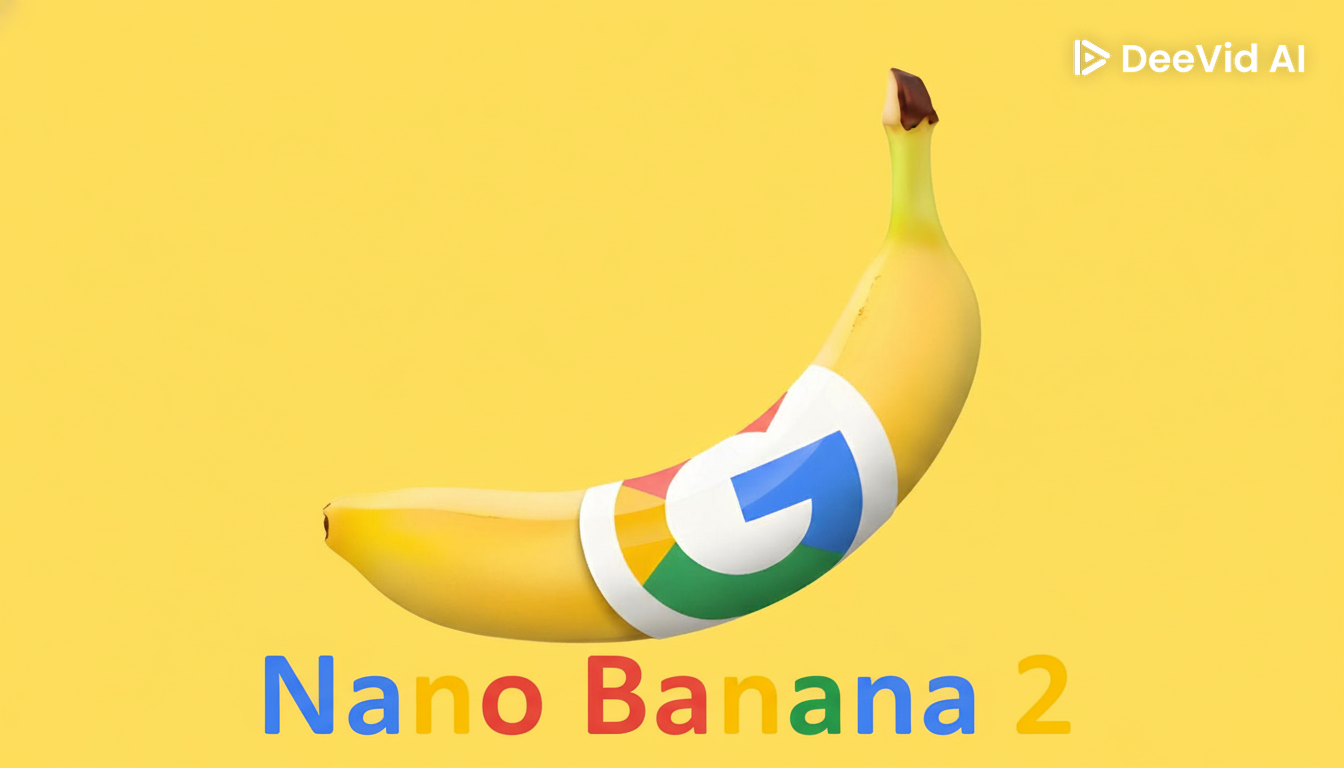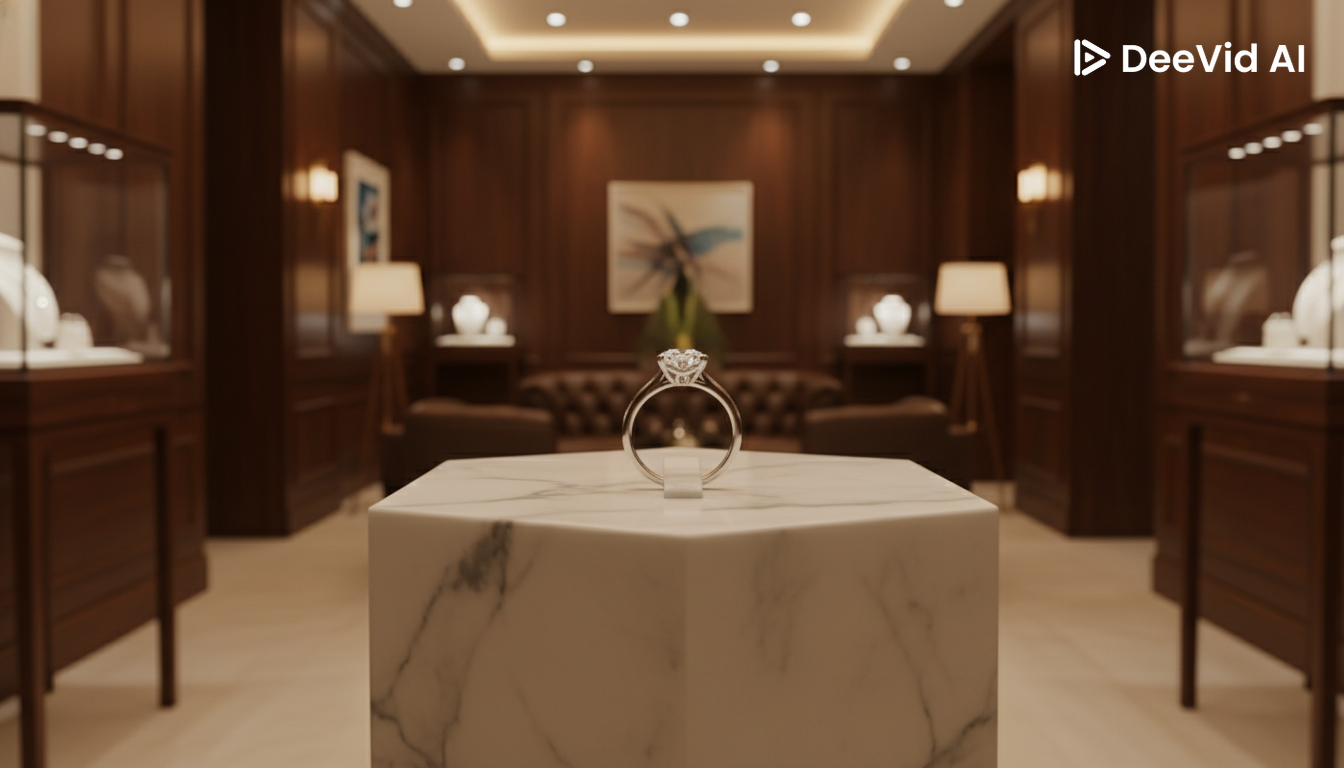
Nano Banana 2 Preview: What’s New and What’s Better?
Nano Banana 2 Quick Overview
The Nano Banana 2 is the next-generation AI Image Generator and editing platform from Google (via its Gemini line). Although many details are still leaks or previews, we know the model (internally codenamed “GEMPIX 2”) is built to provide higher fidelity, more precise control, and professional-grade output compared to its predecessor.
Originally, the first Nano Banana (officially Gemini 2.5 Flash Image) launched in August 2025 and quickly became a viral sensation.
With Nano Banana 2, Google appears to be targeting creators, designers, marketers and more advanced workflows — not just casual users.
Nano Banana 2 Key Info Table
| Item | Detail |
|---|---|
| Name | Nano Banana 2 |
| Developer / Ecosystem | Google / Gemini family of AI models |
| Core Functionality | Text-to-image, image-to-image, multi-image fusion, advanced editing |
| Output resolution & fidelity | Native 2K generation with up-scaling capability to 4K |
| Target Use | Creative professionals, designers, marketers |
| Status | Pre-release/internal-testing stage |
Abilities of Nano Banana 2
Here are some of the standout capabilities of Nano Banana 2:
- High-resolution exports: Early leaks show native 2K generation with upscaling to 4K for final output — meaning the result is fit for print, video frames or large format usage.
- Faster generation & edit loops: The model reportedly uses a multi-step process: generate, analyze internally, correct, and iterate. This gives greater accuracy and fewer artifacts.
- Improved subject/object consistency: If you ask to keep the same person, object or style across revisions (for example, “keep the same character but change the color”), the model maintains continuity better than the earlier version.
- Layer-aware/region-specific editing via natural language: You might be able to say “replace only the jacket on the person in the foreground, keep the lighting and texture” — this kind of selective editing is suggested in early feature descriptions.
- Multi-image fusion and advanced aspect-ratios: The model supports combining reference images, blending them, varying aspect ratios (1:1, 9:16, 16:9, 21:9) and more.
- Better reasoning & “understanding”: Some commentary notes that Nano Banana 2 doesn’t just follow instructions — it builds a “mental map” of the prompt scenario and generates accordingly.
Nano Banana 2 vs Nano Banana
How does Nano Banana 2 stack up against its predecessor? Here’s a comparison:
| Feature | Nano Banana (v1) | Nano Banana 2 |
|---|---|---|
| Output resolution & fidelity | High for its time, with good visual quality | Native 2K generation with up-scaling to 4K for finer detail |
| Edit precision / control | Good—popular for quick stylised edits | Much more refined control (region-specific edits, multi-image fusion) |
| Workflow speed / iteration | Fast for casual use | Optimised pipeline + iterative correction loop for higher accuracy |
| Subject/object continuity | Recognised strength in v1 | Improved further for sustained sessions across edits |
| Use-case breadth | Primarily creative, social-media, stylised output | Expanded to professional design, print/video, marketing asset creation |
| Availability / maturity | Released and widely adopted | Advanced version, broader capabilities and expected wider adoption |
In short: while Nano Banana (v1) made a splash for its accessible, fun, creative editing style, Nano Banana 2 aims to broaden the horizon — offering professional-grade output, more precise control, and a workflow suited for serious creatives.
You Can Use Nano Banana For...
Marketing & Advertising
Use Example: A consumer-brand launches a new product and needs hero visuals for an omni-channel campaign (print, social, web). They upload a base product shot and ask Nano Banana 2 to place the product in different premium settings (luxury room, urban street, minimalist white studio) while maintaining consistent lighting and branding.
Prompt: “Place this product on a marble pedestal in a wood-panelled luxury showroom, warm ambient lighting, shallow depth of field; keep the same product orientation across all variations.”

E-commerce & Fashion
Use Example: An online apparel retailer wants to show a model wearing a garment in three different scenes: studio shot, street-style shot, and a stylised “figurine” variant for social media. They use Nano Banana 2 to maintain the model’s pose and expression but change background, outfit colour, and mood.
Prompt: “Use this model image; change the jacket to forest-green satin, place her on a cobbled city street at dusk with neon signs; then another version as a desk figurine toy with soft box lighting and pastel background.”

Architecture & Interior Design
Use Example: An interior-design studio wants to visualise a client’s living room redesign. They upload a photo of the current room and ask Nano Banana 2 to modify elements: change flooring to light oak, replace sofa with deep-blue velvet, switch wall paint to muted sage, and then show the room with morning sunlight vs. evening mood lighting.
Prompt: “Take this living-room image. Replace the floor with light oak planks, switch the sofa to deep-blue velvet, change wall paint to muted sage, morning sunlight through west-facing windows; then generate an alternate version with warm evening lighting and the same furniture.”

Influencer & Social Media Content
Use Example: A social-media creator wants to elevate their self-portrait game: upload a selfie and generate stylised versions (retro print-look, 3D figurine, cinematic movie-poster style) while preserving their face and expression for brand consistency.
Prompt: “Use this selfie; create a vintage 1980s poster look with grain, neon text overlay ‘STAR CREATOR’, keep my face and pose the same; next version as a polished 3D figurine on a desk with soft shadow and blurred background.”

When, Where and How to Use Nano Banana 2
When and Where to Use
- The original Gemini 2.5 Flash Image model (nick-named Nano Banana) launched publicly on August 26, 2025.
- The upcoming sequel Nano Banana 2 (codenamed “GEMPIX 2”) is expected to launch mid-November 2025, with wider integration through early 2026.
- Within the Google Gemini app environment or associated Google AI services (since this model is part of the Gemini ecosystem)
- You can access early version of Nano Banana on DeeVid now.
How to Use
- Upload your base images (single or multiple). Nano Banana 2 supports a workflow where you upload reference photos in standard formats (JPEG, PNG, WebP).
- Craft your prompt — include specifics (object, background, lighting, style, aspect ratio). With Nano Banana 2 you’ll likely want to specify region-edits (e.g., “change only background,” “keep subject pose,” etc).
- Select output settings — choose aspect ratio (1:1, 16:9, 21:9) and resolution (2K/4K) as needed.
- Iterate — review the output, provide follow-up prompts like “reduce shadows on left side,” “make color palette warmer,” or “flip subject to right side but keep lighting.” The system’s improved control means you’re more likely to get precise follow-ups.
- Export and integrate — Use the final output in your campaign, design layout, video timeline or social-post as required.
Tip: For best results, provide clear, structured prompts and, if using edits of a subject, maintain same reference image across versions for continuity.
Pricing Info
As of now, there is no publicly detailed pricing available for Nano Banana 2. Because it is still in preview/testing (internal leaks), Google has not yet published official pricing tiers or offering details.
In general, when Gemini’s earlier image-generation services launched, usage-based or subscription-based pricing was typical. We can reasonably expect the same or a similar model for Nano Banana 2: possibly tiered free + paid levels based on resolution, export rights, commercial use, etc.
If you are planning to use it for commercial/agency applications (marketing, design clients) you should keep an eye out for Google’s official announcement — and budget accordingly for higher resolution (4K) and professional terms.
Alternatives
If Nano Banana 2 is not yet available, or you want alternatives/complements, here are a few options:
- The original Nano Banana (v1) — still powerful and accessible, especially for stylised, social-media friendly outputs.
- Other AI image-generation/editing models such as Midjourney, DALL·E 3, or Stable Diffusion XL — each has strengths (e.g., artistic style, community prompts, open-source variants).
- For enterprise/agency workflows: keep an eye on competing models like Seedream 4.0 (by ByteDance) which is positioned as a direct competitor in the “next-gen AI image” space.
- If you're already in the Adobe ecosystem: with v1, Nano Banana was integrated into Adobe Photoshop beta’s Generative Fill feature — future versions may support v2/more integrations.
Conclusion
The Nano Banana 2 looks positioned to be a major step-up in AI-powered image generation and editing. If you’re involved in creative production, design, marketing, or just serious about high-quality visuals, this is one to watch. While the full details (pricing, public release date, usage terms) are still emerging, you can already plan for it: ensure your workflows are ready for 4K exports, precise region edits, and professional-grade deliverables.
When it becomes broadly available, Nano Banana 2 may well become a go-to tool not just for fun viral images, but for high-end professional creative projects.